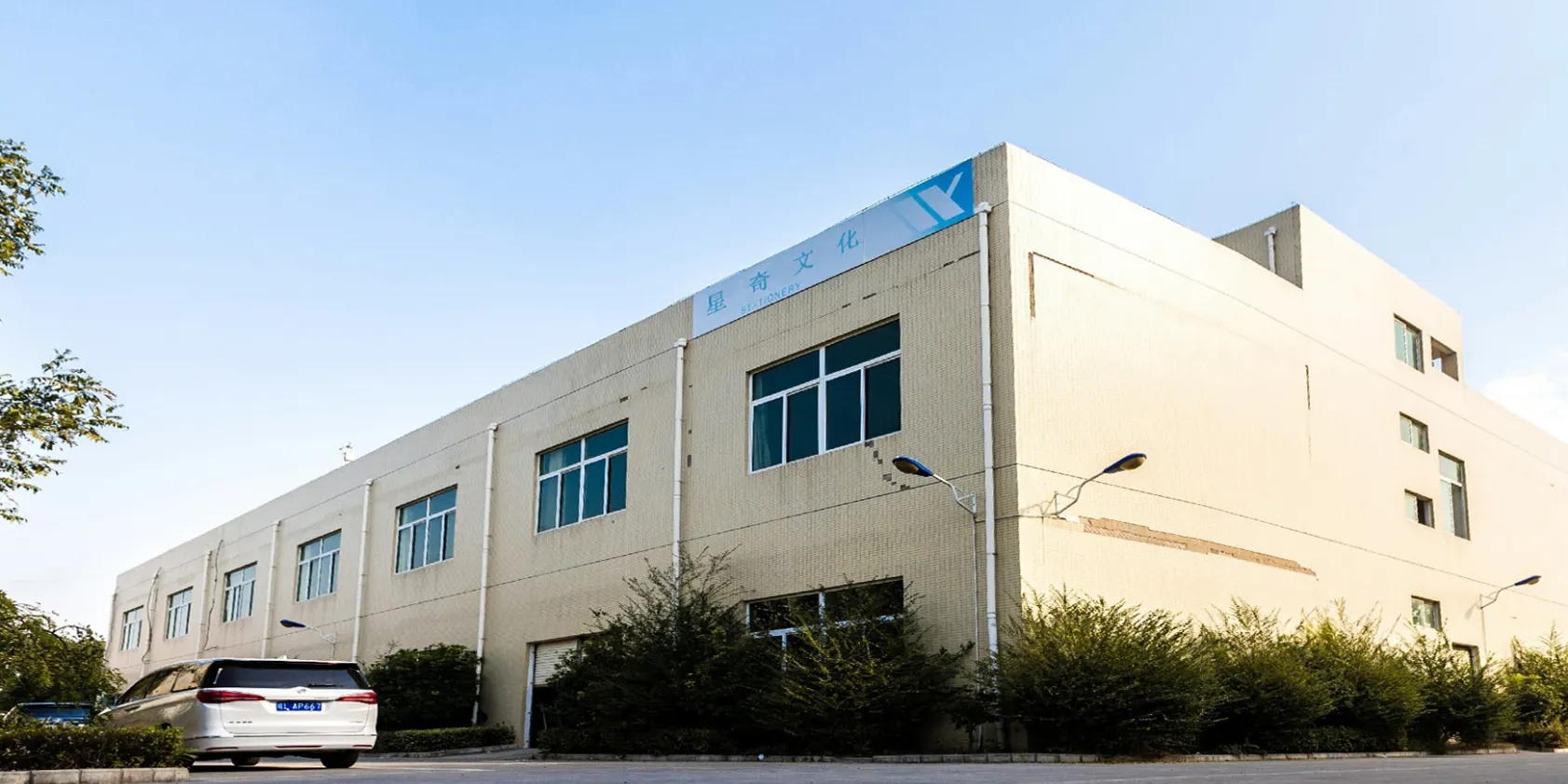Introduction to Watercolour
The technique of watercolour painting with diluted colours of gum arabic, and may refer to both the work and the pigments used in this method. In addition to gum as a binder (BINDER), watercolour pigments also include plasticizers (PLASTICIZER), such as honey water (HYDROMEL), sugar water, glycerin (GLYCERIN), etc. to maintain humidity; toning agent (WETTING AGENT), so that the picture brush strokes are smooth; and phenol, such as preservatives (PRESERVATION). Watercolours are usually painted with brushes on handmade watercolour paper (WATERCOLAR PAPER), and the best brushes are made of red and purple sable hair. (See BRUSH, RED SABLE). Watercolour is bright and vibrant, while gouache (GOUACHE) is an opaque watercolour. True watercolour is often done in free, easy and broad strokes under thin washes (WASHES), and the grain, texture and whiteness of the paper itself add to the splendour and jumpiness of the work. Throughout the Middle Ages, watercolours were used to illustrate parchment manuscripts.
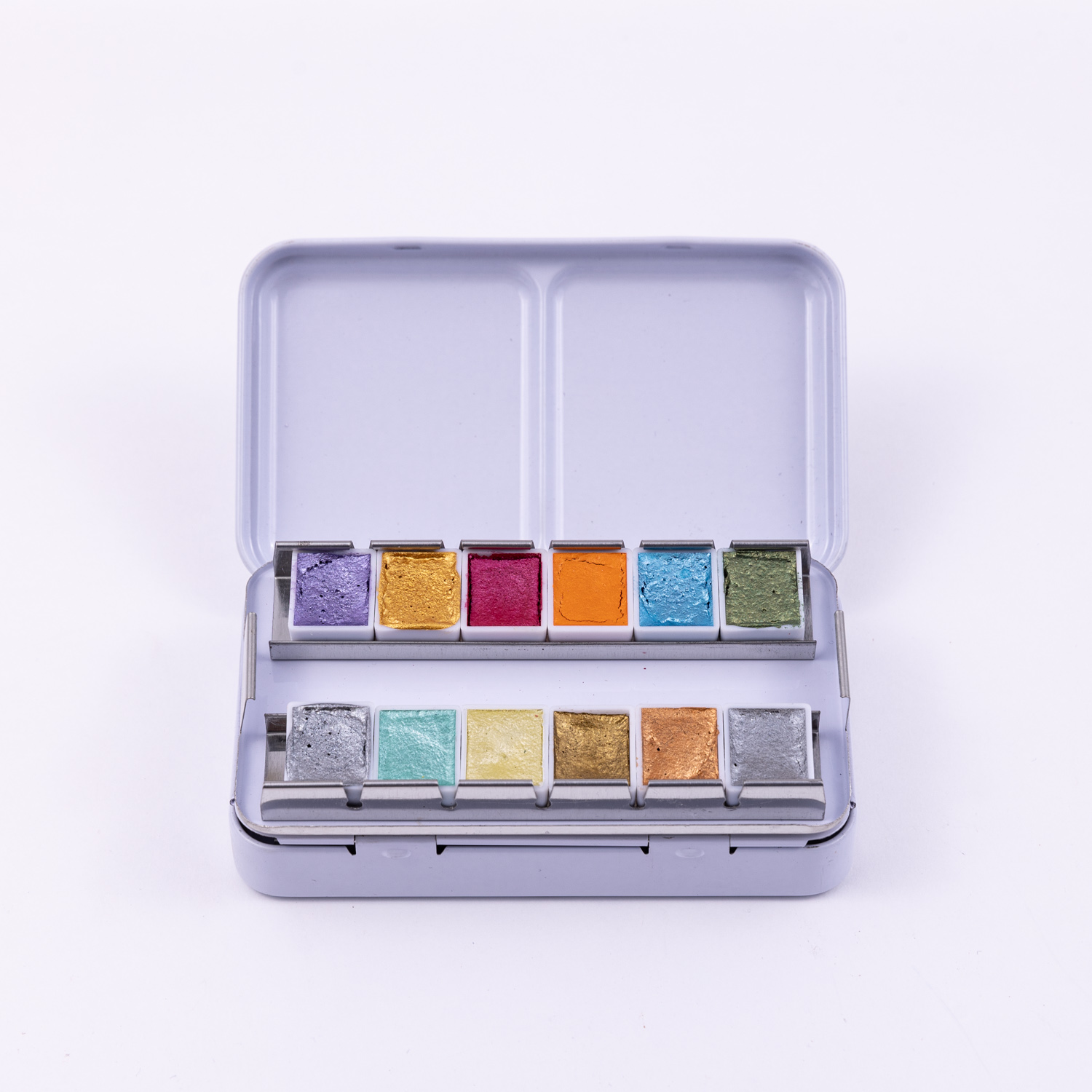
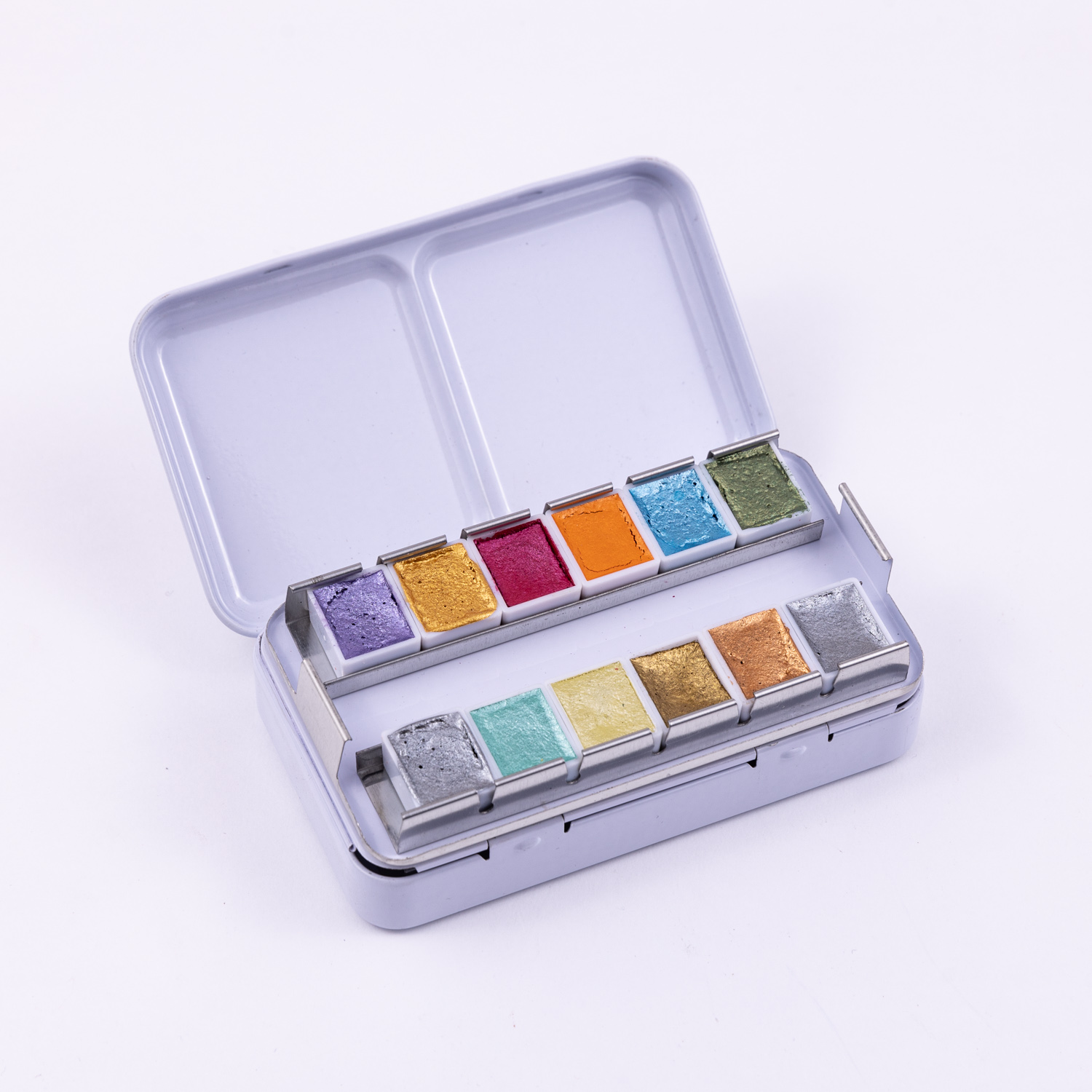
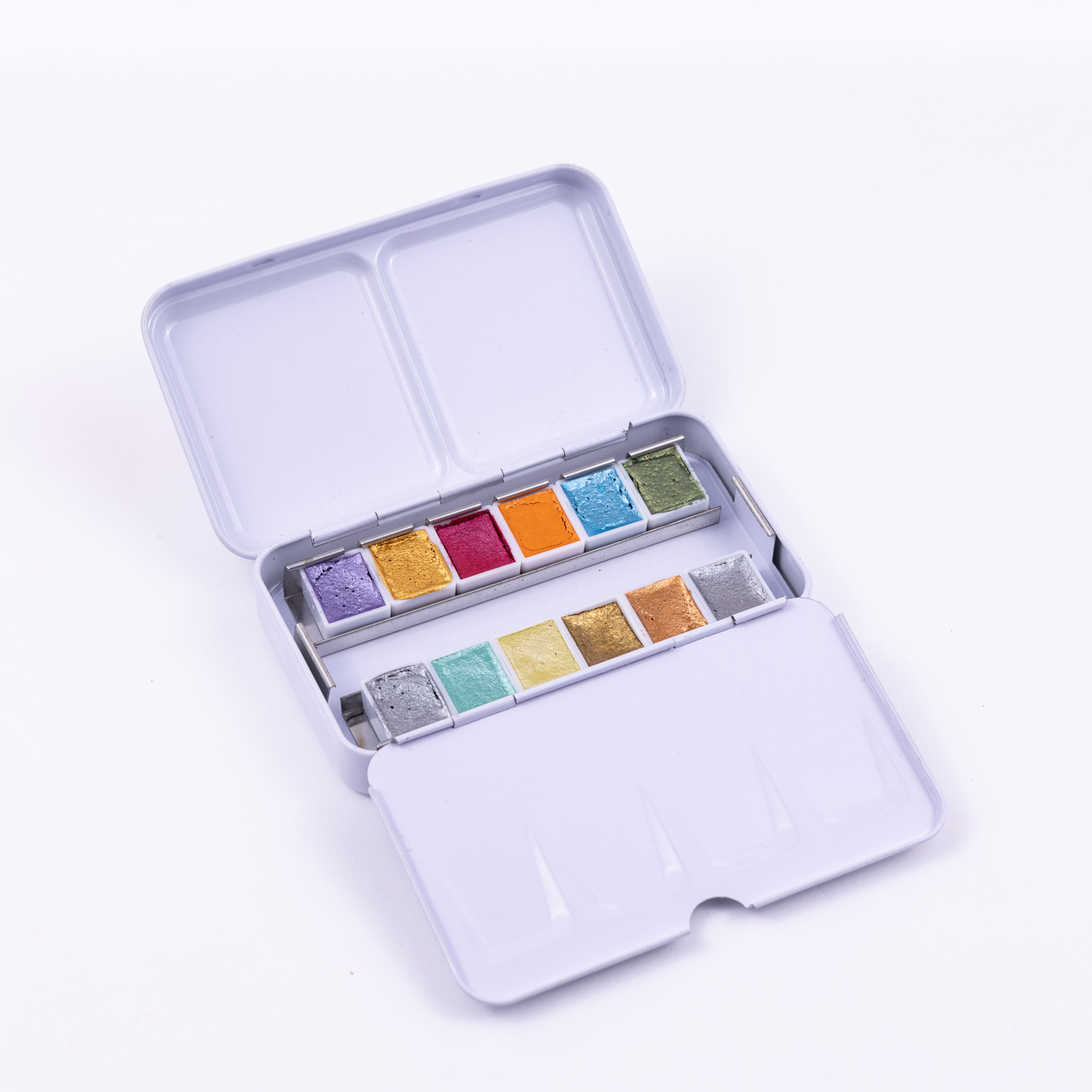
"Watercolour painting, as its name suggests, is a way of expression in which water is used as a medium to mix pigments for painting. Watercolour painting itself has two basic characteristics: first, the transparency of the pigment itself; second, the fluidity of the water during the painting process. The characteristics of watercolour materials lead to the special characteristics of watercolour art. The combination of water colours, transparent nature, randomness and texture are all subjects worth studying. The dry and wet changes of water-melting colours and the penetration effect on the paper make watercolour paintings have strong expressive power and form a wonderful variation relationship, which produces a transparent and sound, drenching and refreshing, fantastical and creative visual effects, and nature holds a harmonious and dynamic beauty, which constitutes the individuality of watercolour paintings, and produces a unique and irreplaceable particularity.
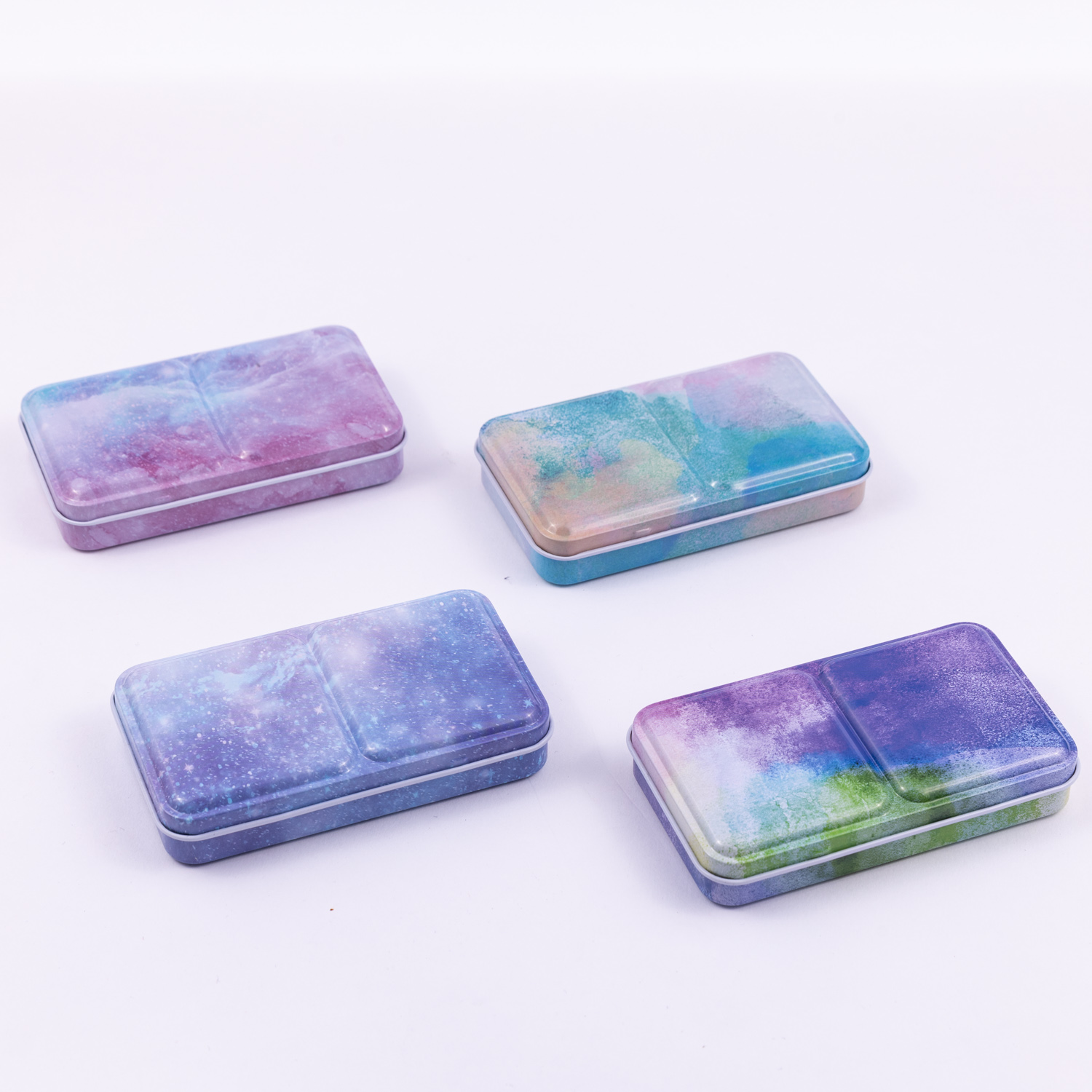
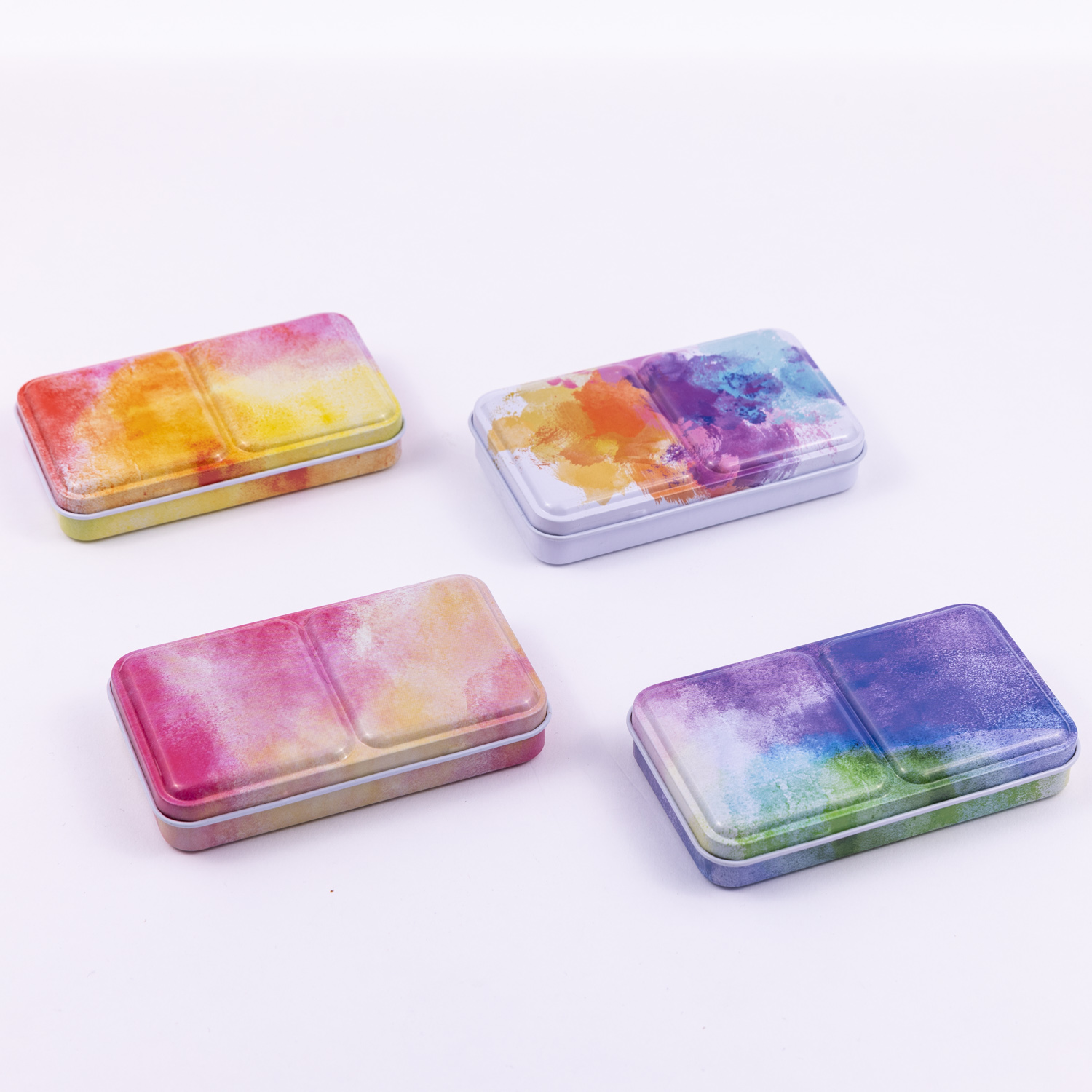
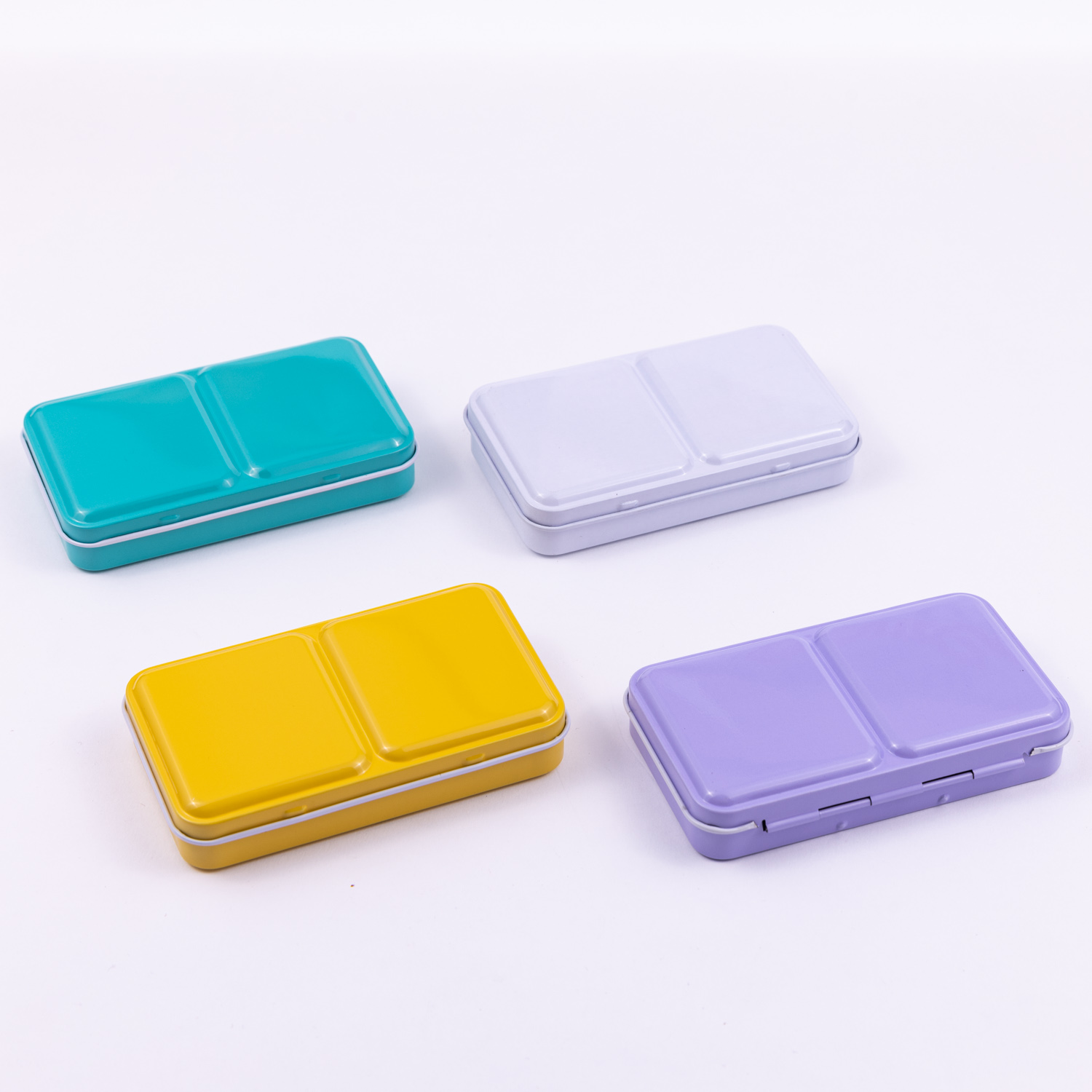
There are two general types of transparent and opaque watercolours according to their characteristics. Respectively:
Watercolour
Generally known as watercolour paints. Highly transparent, when colours overlap, the colours underneath will come through. The vividness of the colours is not as good as coloured ink, but the colouring is deeper and suitable for those who like quaint tones. They are not easily discoloured even when kept for a long time.
Gouache
Also known as advertising colour, it is an opaque watercolour pigment. It can be used for thicker colouring and does not show unevenness when colouring large areas. Although both are opaque watercolour paints, gouache is generally cheaper than acrylics; however, it is slightly inferior to acrylics in terms of colouring, number of colours and preservation. They should be used selectively for different purposes.
By production process
There are four general types of watercolour paints: dry watercolour paints; wet watercolour paints in sheets; paste watercolour paints in tubes; and liquid watercolour paints in bottles.















